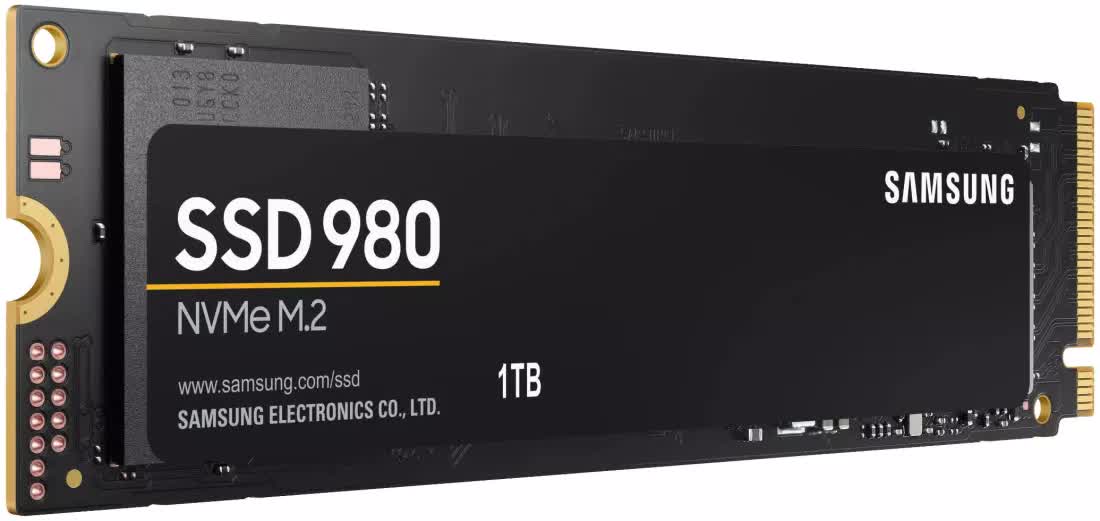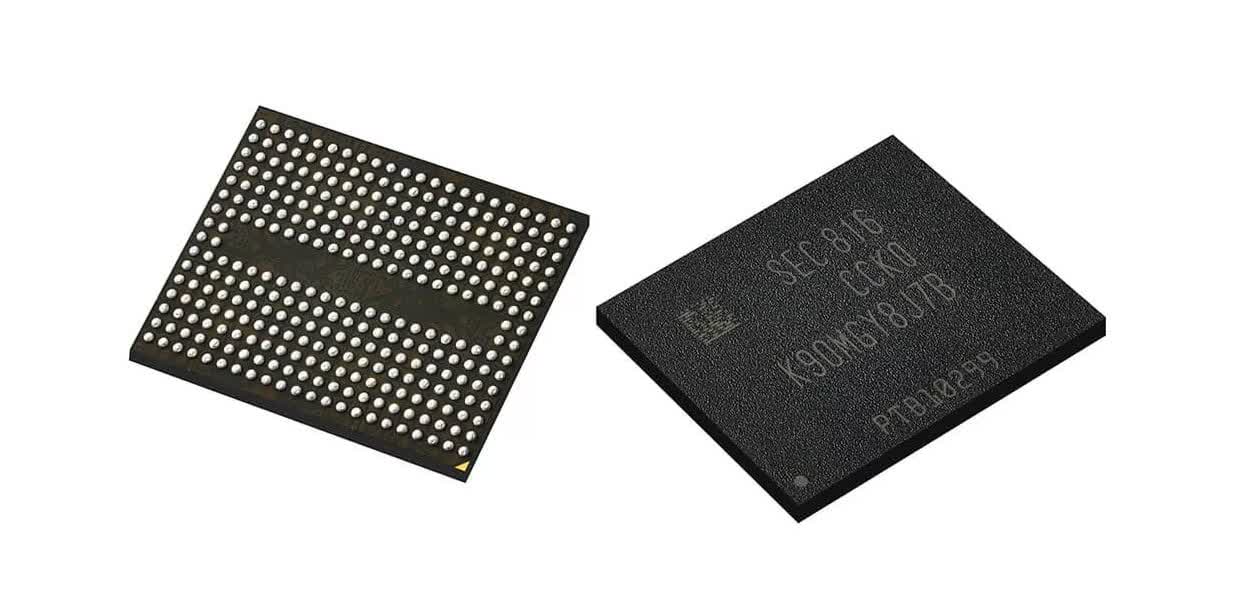Something to look forward to: Samsung is now preparing to begin mass production of their upcoming 8th generation V-NAND memory, which is expected to be found on future SSDs, including upcoming PCIe 5.0 capable drives. These new improvements to NAND flash storage could spell massive gains in potential storage and transfer speeds for users.

Samsung recently entered the preparation phase to begin working towards mass production of their 8th generation V-NAND memory modules. These modules are expected to have 236 layers, which will allow Samsung to squeeze more power and data into the already tiny V-NAND modules.
Samsung's 7th generation V-NAND modules, which were released last year, featured 176 layers and supported speeds of up to 2.0 GT/s, and it is fair to expect these speeds to increase with the introduction of 8th generation V-NAND. While this is obviously big news for desktops and laptops, this is also notable for smartphones as well, as those devices are now beginning to support UFS 3.1, and more recently, UFS 4.0 protocols, allowing for even faster flash storage speeds.

Building 3D-NAND modules with these many layers is no easy task; while Samsung were ahead of the competition with the release of first-gen V-NAND in 2013, they have noticeably become more careful and cautious when it comes to producing modules. Due to this, they were beaten to the 200-layer mark by both Micron and SK Hynix when they released their 232-layer and 238-layer modules, respectively. Samsung, however, did produce samples of V-NAND memory with over 200 layers last year, so they should have prior knowledge to make it work.
A new generation of V-NAND should translate in noticeable performance and capacity increases.
A new generation of V-NAND should translate in noticeable performance and capacity increases. While we do not have specific numbers for Samsung's 8th-gen modules just yet, one of the prior competitors, Micron, has given some data regarding their 200+ layer NAND.
Micron claims that their 232-layer NAND can support up to 2TB per module, as well as speeds of up to 11.68 GB/s reads and 10 GB/s writes, all on a single chip less than the size of a postage stamp. There are also some improvements to the overall read latency, which should also improve transfer speeds for users.
The increase in potential data on one NAND module means we could expect to see much larger SSDs reaching consumers in the near future, at those blistering 10+ GB/s speeds.
All of this comes along the launch of Ryzen 7000 and Intel Raptor Lake CPUs looming, as they will be able to support these 10+ GB/s transfer speeds. In a matter of months, users should be able to pick up a new Samsung PCIe 5.0 SSD with their shiny new CPU and motherboard; this could be a very exciting time for tech fans and enthusiasts alike.
https://www.techspot.com/news/95673-samsung-preps-next-gen-v-nand-memory-anticipating.html